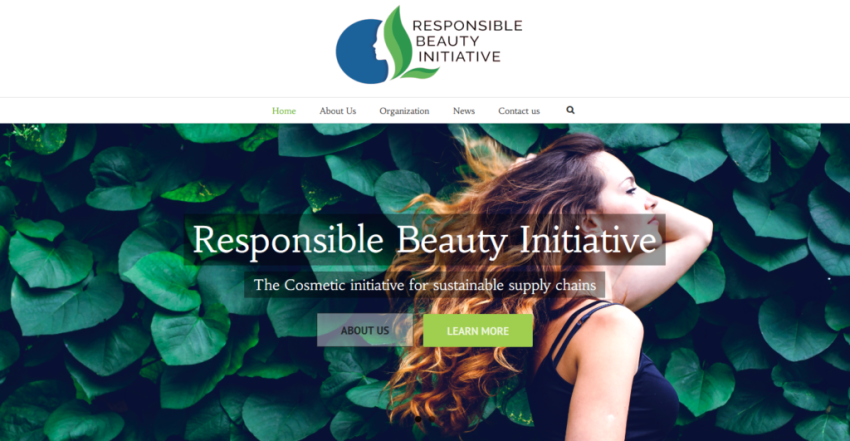As consumers become more conscious about the environmental impact of their purchases, the beauty industry is taking note and implementing sustainability initiatives to reduce their carbon footprint. From packaging to ingredients sourcing, beauty brands are finding innovative ways to make their products more eco-friendly. In this article, we will explore some of the sustainability initiatives that are being adopted by beauty companies.
1. Sustainable Packaging
One of the biggest areas of focus for beauty brands is sustainable packaging. Traditional beauty products often come in plastic packaging, which contributes to plastic waste in landfills and oceans. Many beauty companies are now switching to biodegradable or recyclable packaging materials to reduce their environmental impact. Some brands are even using refillable containers to minimize waste.
2. Ethical Sourcing
Another important aspect of sustainability in the beauty industry is ethical sourcing of ingredients. Many beauty products contain ingredients that are sourced from around the world, often in a way that harms the environment or exploits workers. Beauty brands are now working to source ingredients ethically, ensuring that they are grown and harvested in a way that is sustainable and fair to the workers involved.
3. Clean Beauty
Clean beauty is a trend that focuses on using natural and non-toxic ingredients in beauty products. Many mainstream beauty brands are now offering clean beauty lines, free from harmful chemicals like parabens and sulfates. By using clean ingredients, beauty companies are not only reducing the environmental impact of their products but also providing consumers with safer and healthier options.
4. Zero-Waste Initiatives
Zero-waste initiatives are becoming more popular in the beauty industry as brands strive to minimize their impact on the environment. Some companies are offering products in solid form, eliminating the need for plastic packaging. Others are implementing take-back programs to recycle empty containers or offering refill stations in-store. These initiatives help reduce waste and encourage consumers to make more sustainable choices.
5. Carbon Offset Programs
Many beauty companies are now taking steps to reduce their carbon footprint through carbon offset programs. By investing in projects that reduce greenhouse gas emissions, such as reforestation or renewable energy, beauty brands are offsetting the environmental impact of their operations. This not only helps the environment but also demonstrates a commitment to sustainability to consumers.
Conclusion
Overall, sustainability initiatives in the beauty industry are on the rise as brands recognize the importance of reducing their environmental impact. From sustainable packaging to ethical sourcing and zero-waste initiatives, beauty companies are finding innovative ways to make their products more eco-friendly. By supporting these initiatives and choosing beauty products that prioritize sustainability, consumers can make a positive impact on the environment and support a more sustainable future for the beauty industry.

